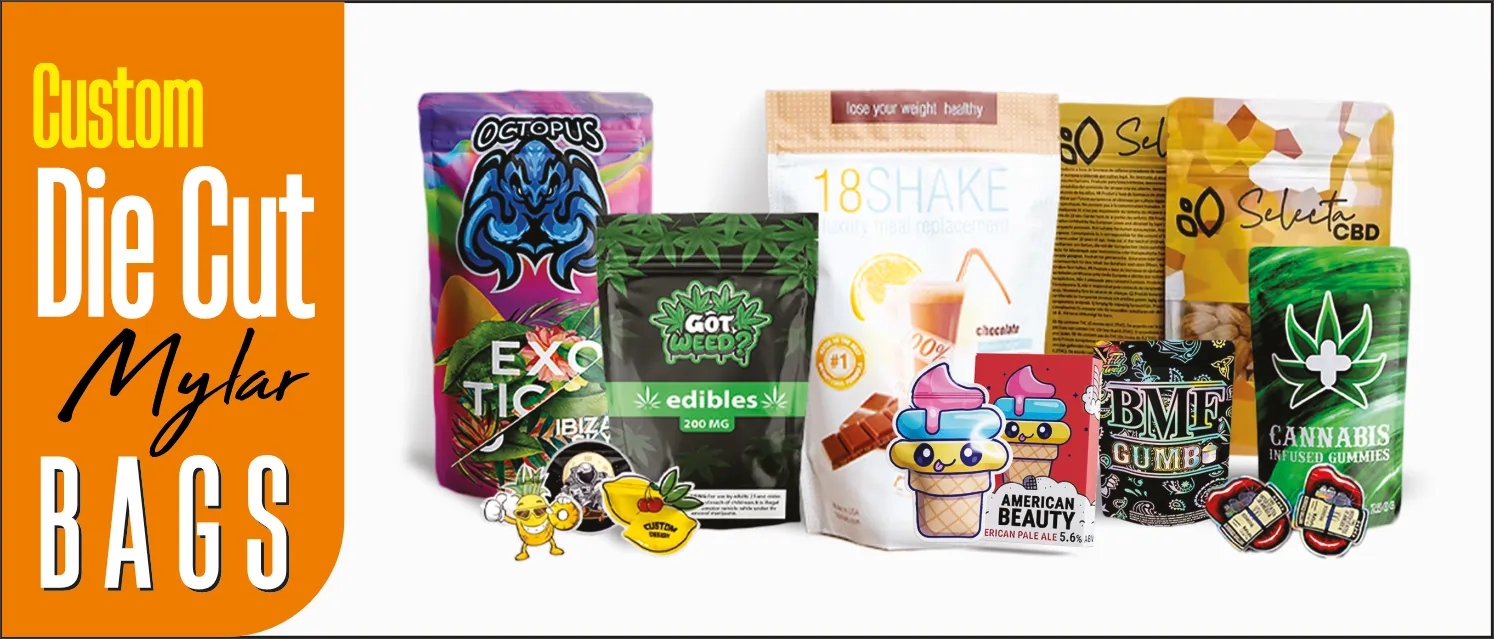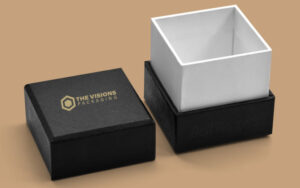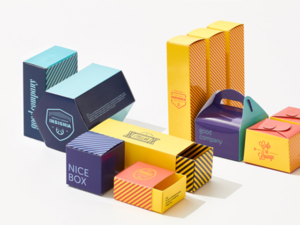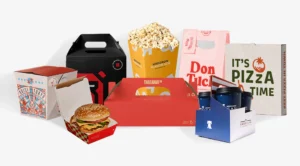Mylar bags have revolutionized the packaging industry due to their exceptional durability, airtight sealing capabilities, and moisture resistance. When it comes to creating custom die-cut Mylar bags, the process gets even more specialized, combining advanced printing techniques with precision cutting to produce stand-out packaging that’s as functional as it is attractive.
In this comprehensive guide, we’ll walk you through how to make die-cut Mylar bags, including the materials, tools, techniques, and design considerations involved. Whether you’re a packaging manufacturer, a custom bag reseller, or a brand looking to design your own line of die-cut Mylar pouches, this guide has you covered.
What Are Die Cut Mylar Bags?
Before jumping into the manufacturing process, it’s important to understand what these bags are.
Mylar bags are a type of flexible packaging made from biaxially-oriented polyethylene terephthalate (BoPET), which is known for its strength and barrier properties.
Die-cut Mylar bags are custom-shaped Mylar pouches created using a die (sharp metal mold) to cut unique outlines such as handles, windows, or product-themed silhouettes. This gives the bag a distinctive shape instead of the standard square or rectangle.
Why Use Die-Cut Mylar Bags?
There are several reasons businesses and brands opt for die-cut Mylar bags:
- Unique Branding: Custom shapes improve shelf appeal and brand recognition.
- Convenience: Handle cut-outs make the bags easier to carry.
- Functionality: Window cut-outs allow customers to see the product inside.
- Market Differentiation: Die-cut bags stand out in crowded marketplaces like CBD, food, cosmetics, and supplements.
Materials Needed to Make Die-Cut Mylar Bags
To create high-quality die-cut Mylar bags, you’ll need the following materials:
- Mylar Film (BoPET): Multi-layer film that usually includes aluminum foil, PET, and a sealant layer like polyethylene (PE).
- Adhesives and Inks: For lamination and printing.
- Die-Cutting Dies: Custom-made cutting tools in the desired shape.
- Printing Press: Flexographic, rotogravure, or digital printer.
- Lamination Equipment: For bonding multiple layers together.
- Pouch Making Machine: To form and seal the bags.
Step-by-Step Process of Making Die-Cut Mylar Bags
Here’s a detailed breakdown of how to make custom die-cut Mylar bags from start to finish:
Step 1: Design the Bag
Before production, it’s essential to design your die-cut Mylar bag. This includes:
- Shape and Size: Decide the final dimensions and cut shape (e.g., handle, window, custom silhouette).
- Material Structure: Choose a multilayer structure like PET/VMPET/PE or PET/AL/PE for durability and protection.
- Print Design: Create high-resolution artwork using software like Adobe Illustrator or CorelDRAW.
- Die-Line Template: Mark where the die cut will occur, including seals and fold areas.
Tip: Keep die-cut designs simple for better stability and production feasibility.
Step 2: Printing
Once the artwork is approved, the printing process begins:
- Digital Printing: Ideal for short runs or prototypes.
- Flexographic Printing: Common for large volumes with faster turnaround.
- Rotogravure Printing: Offers high print quality with detailed imagery.
Printing is done on the outermost PET layer. Ink systems used must be food-safe and compliant with packaging regulations if the bags are for consumables.
Step 3: Lamination
After printing, the Mylar film undergoes lamination, where multiple layers (e.g., PET, foil, PE) are bonded together using adhesives:
- Dry Lamination: Requires solvents and heat.
- Solventless Lamination: Eco-friendly and ideal for food-safe packaging.
- Extrusion Lamination: Uses melted plastic for bonding.
This multi-layer lamination ensures barrier protection against moisture, oxygen, UV rays, and odors.
Step 4: Curing
After lamination, the film must be cured to allow the adhesive to set completely. This process can take 24–48 hours depending on the adhesive system. Proper curing ensures long-lasting durability and strong adhesion between layers.
Step 5: Die Cutting
Now comes the critical step—die cutting:
- Custom Dies: These are made from metal and crafted based on your dieline design.
- Cutting Process: The laminated film is passed through a die-cutting press, which applies pressure to cut out the desired shape (e.g., handle slot, window).
- Precision Matters: It’s important the die aligns perfectly with the printed graphics for visual consistency.
There are two major types of die-cutting methods:
- Flatbed Die Cutting: Better for thicker materials and small runs.
- Rotary Die Cutting: Ideal for large production runs and thinner materials.
Step 6: Bag Formation
Once die-cutting is complete, the film is ready for bag conversion:
- Folding & Sealing: Machines fold the die-cut film into pouches and seal the sides and bottom using heat.
- Zipper Insertion (Optional): If the bag is resealable, zippers or sliders are added during this step.
- Punching: Hang holes or tear notches can also be punched in this stage.
Step 7: Quality Control
Every batch of die-cut Mylar bags goes through quality inspection to ensure:
- Accurate cutting
- Strong seal integrity
- Print alignment
- Material durability
- Functionality (zippers, handles, etc.)
This step is essential to maintain brand reputation and avoid packaging failure during use.
Types of Die-Cut Mylar Bags You Can Make
There are many ways to customize die-cut Mylar bags:
- Handle Cut Bags – With die-cut handles for easy carrying.
- Window Bags – With clear windows to display product content.
- Stand-Up Pouches – Flat bottom to stand on shelves.
- Shaped Bags – Custom shapes (e.g., bottle, leaf, animal) for branding.
- Holographic or Foil Bags – For added visual impact.
- Tamper-Evident or Child-Resistant Bags – For added safety in markets like cannabis and pharmaceuticals.
Applications of Die-Cut Mylar Box
Die-cut Mylar bags are widely used in several industries:
- Food Packaging: Snacks, coffee, herbs, dried fruits.
- CBD & Cannabis: Flower, edibles, concentrates.
- Health & Beauty: Face masks, bath salts, cosmetics.
- Pet Products: Treats and supplements.
- Electronics: Small gadgets or accessories.
- Retail: Promotional items and sample packs.
Their customizable nature makes them ideal for any product requiring attractive and protective packaging.
Sustainability Considerations
While Mylar is not easily recyclable in all regions, there are eco-friendly options available:
- Mono-material Mylar bags: Made from recyclable PE or PP layers.
- Compostable Films: Made from PLA or other biodegradable materials.
- Minimal Inks & Water-Based Adhesives: Reduce environmental impact.
Brands can also print sustainability claims, recycling icons, or QR codes for disposal guidance.
Tips for Designing Custom Die-Cut Mylar Bags
- Keep It Functional: Don’t compromise usability for design.
- Use CMYK for Printing: Ensures consistent color results.
- Proof Your Designs: Use mockups or prototypes before full production.
- Work with Experts: Always partner with experienced packaging manufacturers.
- Think About Storage: Consider how bags will be stored and shipped.
Final Thoughts
Creating die-cut Mylar bags is both a science and an art. From selecting the right materials and designing creative shapes to precision die-cutting and sealing, every step requires careful attention. The result? A packaging solution that not only protects your product but also tells your brand story.
If you’re looking for a way to take your product packaging to the next level, die-cut Mylar bags offer the perfect blend of customization, durability, and visual appeal.
Need Custom Die-Cut Mylar Bags?
At The Visions Packaging, we specialize in manufacturing high-quality, fully customizable Mylar bags, including unique die-cut designs. Whether you’re in the food, CBD, cosmetic, or pet industry, we help you create packaging that speaks to your brand and captures customer attention
Contact us today to get a free quote or sample!





